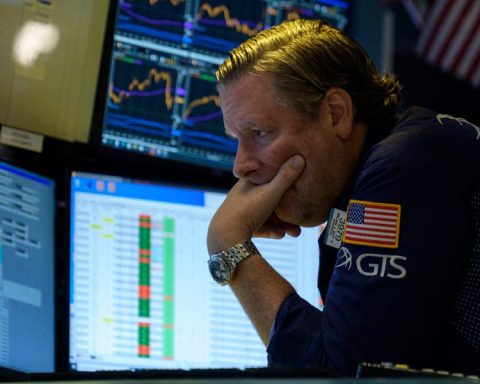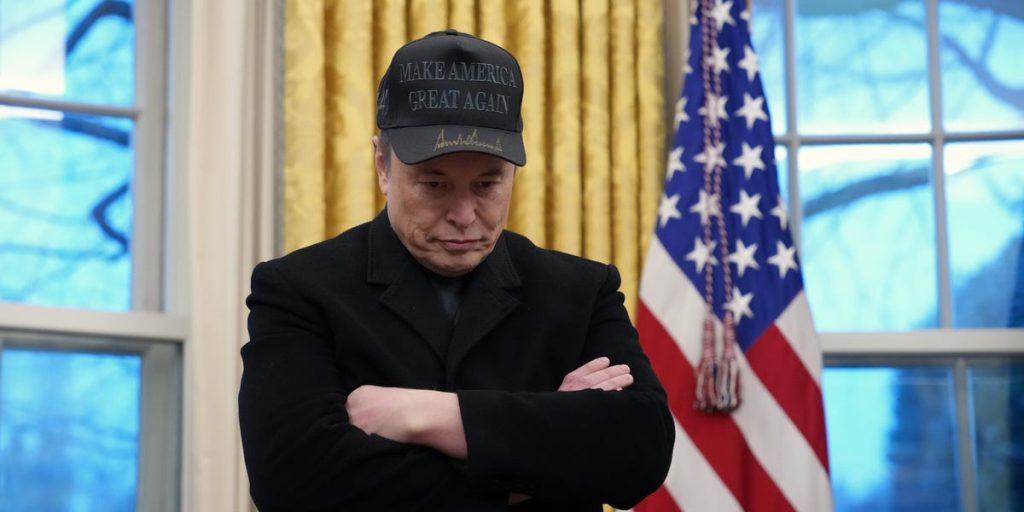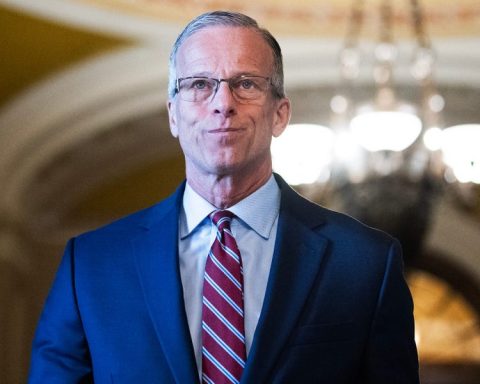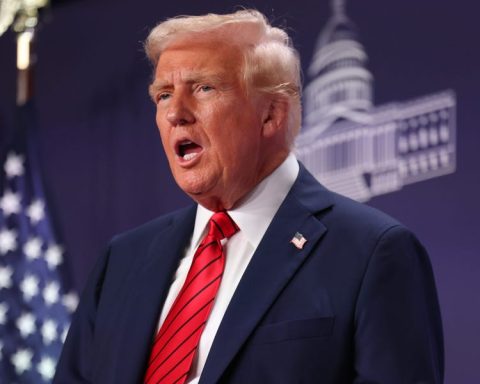Elon Musk, the world’s wealthiest individual and head of the influential Department of Government Efficiency (DOGE), has been sharing memes that revive long-standing conspiracy theories regarding the U.S. government’s gold reserves at Fort Knox. This prompted a notable response from a prominent politician who expressed interest in a rare glimpse inside the heavily secured facility.
Beginning Saturday, Musk posted multiple times on social media, casting doubt on the status of the infamous gold reserves at Fort Knox. He questioned whether the gold is “still there” or “gone,” and called for a “live video walkthrough” of the facility.
Senator Rand Paul, R-Ky., reacted with enthusiasm, responding “let’s do it” to Musk’s suggestion of conducting annual audits of Fort Knox.
While there is no evidence to substantiate Musk’s claims about missing gold, the status of the reserve remains tightly sealed. According to the U.S. Mint, the Fort Knox depository holds 147.3 million troy ounces of gold, which is about 59% of the Treasury’s total supply. Given that gold is trading at over $2,930 per troy ounce as of Tuesday, this equates to a market value of $435 billion, surpassing the market value of LVMH, Europe’s most valuable public company. However, the government values the gold at Fort Knox at merely $6 billion based on a book value set at $42.22 per troy ounce.
Who Has Been In Fort Knox’s Gold Reserves?
The Fort Knox facility has opened its doors to non-authorized personnel only three times: once in 1943 for President Franklin D. Roosevelt, again in 1974 for a group of 10 Congress members, and lastly in 2017 for a delegation including Senator Mitch McConnell, R. Ky., and then-Treasury Secretary Steven Mnuchin. Musk’s skepticism echoes sentiments from a past New York Times article covering the 1974 visit, which was headlined “Visitors Get a Peek at Fort Knox Gold—it’s There.”
How Much Gold Does The U.S. Have?
The United States stands as the leading government custodian of gold, boasting 8,133 metric tons, which is more than double the reserves of Germany, the second-largest holder. U.S. reserves constitute nearly 4% of the total above-ground gold supply worldwide, according to the World Gold Council.
Crucial Quote
“I think the gold is there,” former Representative Ron Paul, and father of Senator Paul, stated in an interview with the Gold Telegraph released on Saturday. However, he questioned who possesses the reserves due to the rampant borrowing and complexities involved, reinforcing his ongoing support for a Fort Knox audit. He introduced the “Gold Reserve Transparency Act” in the House in 2011.
Why Is Gold Held At Fort Knox?
Constructed in the 1930s, the U.S. Bullion Depository was established to provide a secure and centralized location for significant government bullion reserves. Its Kentucky location was chosen to mitigate risks associated with potential foreign attacks, particularly with the escalating tensions in Europe just prior to World War II. Notably, from 1941 to 1944, Fort Knox housed the U.S. Constitution and Declaration of Independence.
Tangent
The renewed interest in U.S. gold reserves has emerged as the precious metal has unexpectedly gained traction on Wall Street. Over the past year, gold prices have risen over 40% and are up 10% year-to-date, outperforming major U.S. stock indexes amid growing concerns about government debt and inflation.
Chief Critic
“It is freakishly well secured,” remarked then-Governor Matt Bevin, R. Ky., following his visit to Fort Knox in 2017. “The gold is safe,” he added confidently.












